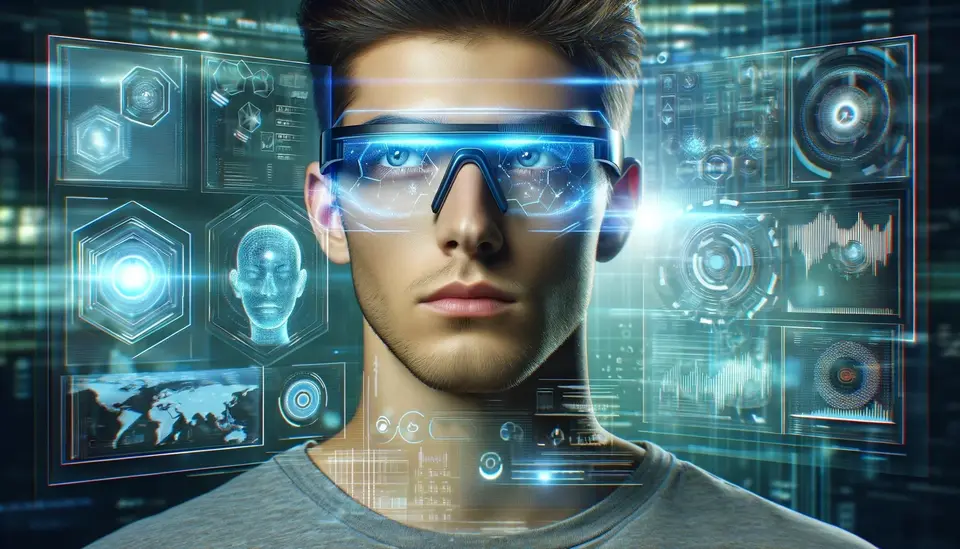Physical Address
304 North Cardinal St.
Dorchester Center, MA 02124
Physical Address
304 North Cardinal St.
Dorchester Center, MA 02124

The best technology doesn’t just entertain or impress—it includes and empowers.
Listen: AI Smart Glasses
Smart glasses are wearable devices that look like regular eyeglasses but have built-in technology like cameras, microphones, and small displays. When powered by artificial intelligence (AI), they become even more useful—especially for people with hearing, vision, or cognitive challenges.
In this blog, we’ll explore how AI-enabled smart glasses are helping people live more independently. These glasses are not just about style—they’re making everyday life easier for millions.
One of the most helpful features of AI smart glasses is real-time speech-to-text. These glasses can listen to what someone is saying and display the words as subtitles on the lens.
I don’t feel left out in conversations anymore, says Priya, a student with hearing difficulties who uses smart glasses with live captions.
Smart glasses can also help people who have trouble seeing. With AI cameras and sensors, these glasses can describe what’s around them, give walking directions, and even read signs or text out loud.
My glasses tell me where stairs are or if a door is open. It’s like having a helpful friend with me all the time, says Arjun, a visually impaired teacher in Bengaluru.
Smart glasses can also help people understand different languages. Some glasses use AI to translate spoken words and show them as subtitles in the user’s language. This is useful for travelers, students, or those who speak different languages.
I used my glasses in Japan, and I could understand everything the guide said—even though I don’t speak Japanese, shares Nisha, a frequent traveler.
For people with dementia, ADHD, or forgetfulness, smart glasses can offer gentle reminders, guides, or instructions during the day.
My dad has early dementia, and the glasses remind him to take his pills or when it’s time to go out, says Deepa, a caregiver.
These features can reduce stress and help users feel more in control of their lives.
While AI smart glasses are helpful, some people worry about privacy. These glasses can record audio or video, and there are concerns about who sees the data and how it is used.
We must ensure that helpful doesn’t become harmful.
Companies are now adding features like:

The world of AI wearable tech is growing fast. In the next few years, we may see:
We are entering a time when AI is becoming truly personal—helping people in real life, every day.
AI-powered smart glasses are not just a cool gadget. They are a life-changing tool for many people. Whether helping someone hear better, navigate their surroundings, or understand a foreign language, these glasses bring freedom and confidence.
If you care about inclusive technology, assistive tools, or the future of AI in real life, smart glasses are one of the most exciting areas to watch.
Nice one!